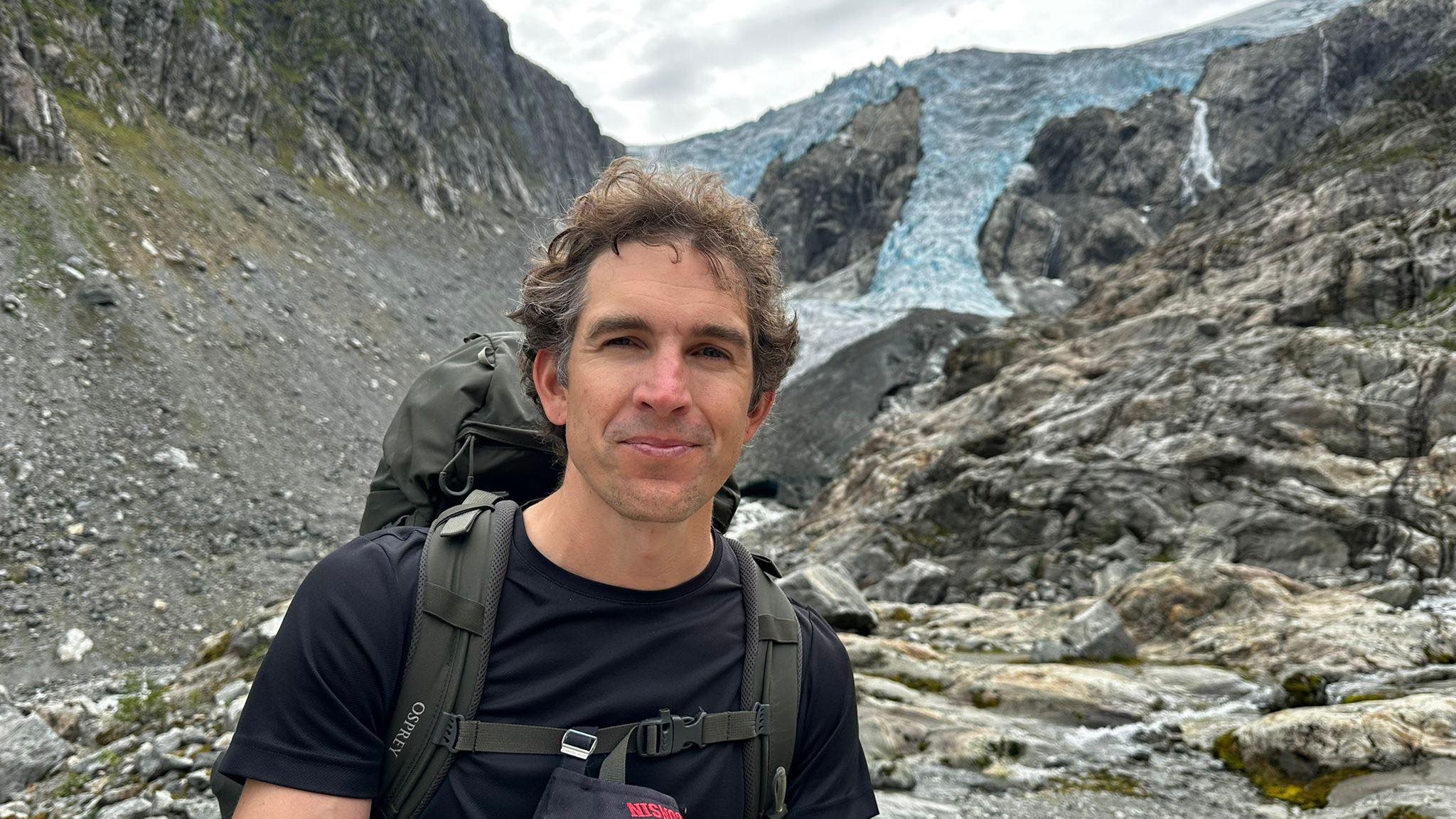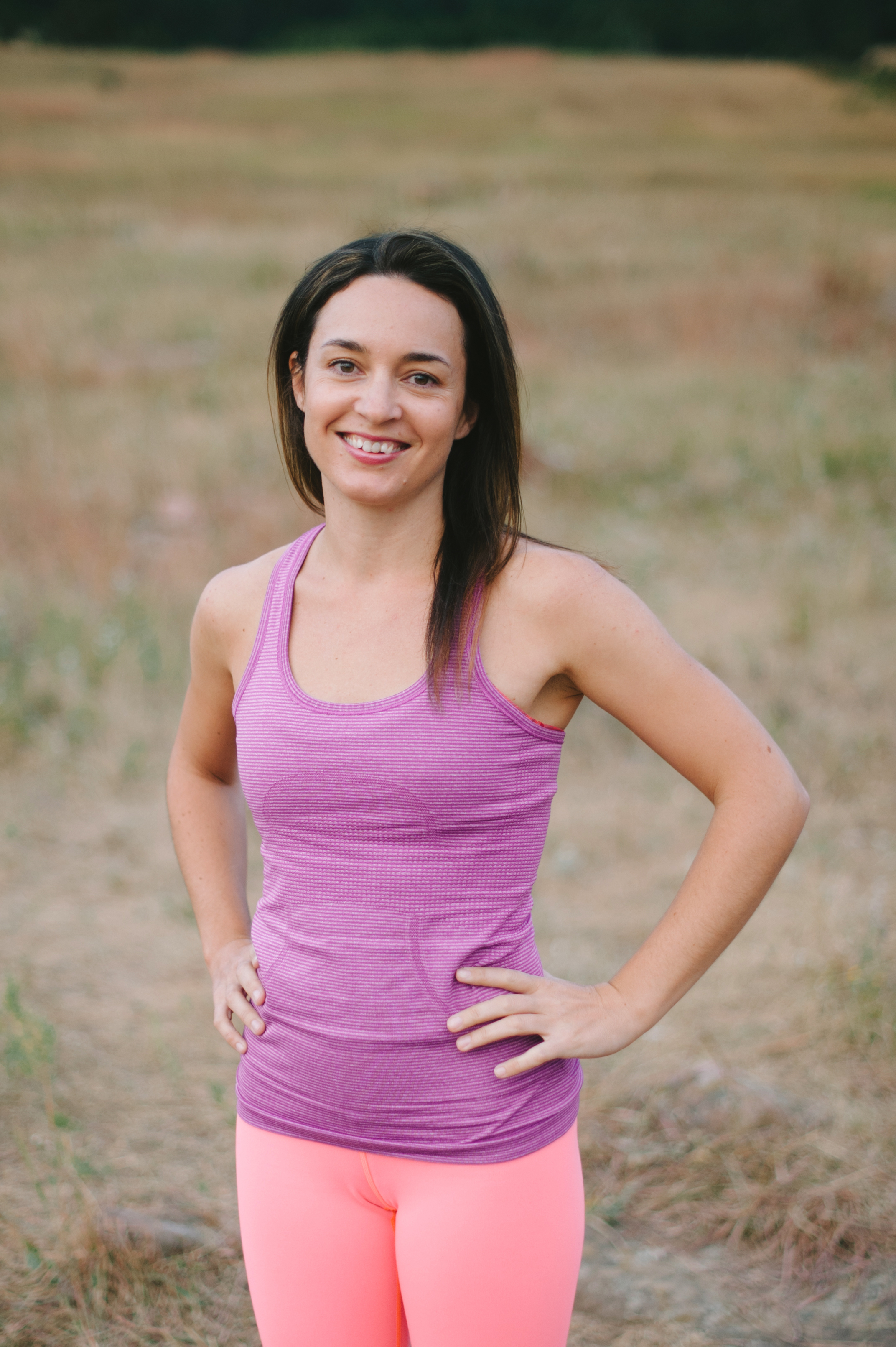US journalist reveals harrowing details of surviving 6 days stranded on remote Norwegian mountain with broken femur and no water: "I knew I wasn't going to be able to move"
Alec Luhn has spoken out from his hospital bed, where he continues to recover

US journalist Alec Luhn has spoken out about how he survived for six days on a Norwegian glacier with multiple broken bones and no water.
Luhn, a climate journalist, was reported missing by his wife Veronika Silchenko on August 5 when he failed to show up for his flight back to London after a solo backpacking trip to explore a glacier in Folgefonna National Park. Search and rescue teams found him alive on August 6 and airlifted him to a hospital in Bergen.
Speaking from Bergen, where he continues to receive treatment for his injuries, Luhn says his trip turned into a harrowing survival ordeal when his boot broke, telling Good Morning America that he slid down a steep slope on a mountain near Buarbreen glacier. He hit a rock, which broke his femur and caused fractures to his pelvis and spine.
"I knew I wasn't going to be able to move and get out of there, and so I thought, 'OK, well, I got to essentially make it for at least four days on this mountain, so that people will realize that I'm missing,'" says Luhn.
An experienced hiker used to taking challenging expeditions in remote terrain, Luhn was carrying a tent and sleeping bag to shelter from the elements, and video from his rescue, which you can watch below, shows him dressed in brightly colored clothing to help make him more searchable.
However, he lost his food, water and cellphone in the fall. Initially, he was forced to drink his own urine to survive, a last-resort technique that's saved the lives of other adventurers like Aaron Ralston. On the third day, the weather turned, and he was able to start drinking rainwater.
"I really was desperate for water," recalls Luhn. "I remember, just like, literally licking up every drop of water I could get."
All the latest inspiration, tips and guides to help you plan your next Advnture!

The change in weather also meant he had to endure several days of gale force winds, heavy rain, and near-freezing temperatures, which hampered search efforts, but on the sixth day, Luhn spotted a rescue helicopter overhead and started waving. When he realized the helicopter had missed him, he rigged up a flag using his tent poles and was able to make contact.
"Finally, the door of [the helicopter] opens and somebody waves back at me, and that was the moment I knew it was finally, finally over."
A Facebook update from his wife shares that Luhn underwent successful surgery for his broken femur and fractured pelvis.
Luhn is currently based in London and has reported for National Geographic, New Scientist, The Guardian, The New York Times, the BBC and The Atlantic. He was recently awarded the 2024 American Association for the Advancement of Science (AAAS) Kavli Science Journalism Award, the oldest science journalism award in the U.S.
Folgefonna National Park is home to the third-largest glacier on mainland Norway.
Julia Clarke is a staff writer for Advnture.com and the author of the book Restorative Yoga for Beginners. She loves to explore mountains on foot, bike, skis and belay and then recover on the the yoga mat. Julia graduated with a degree in journalism in 2004 and spent eight years working as a radio presenter in Kansas City, Vermont, Boston and New York City before discovering the joys of the Rocky Mountains. She then detoured west to Colorado and enjoyed 11 years teaching yoga in Vail before returning to her hometown of Glasgow, Scotland in 2020 to focus on family and writing.

